Unlocking Language: Spontaneous Novel Utterance Generation (SNUG) for AAC Users
It’s no secret that speech language pathologists love jargon and acronyms. Want to know my favorite acronym? SNUG. Spontaneous Novel Utterance Generation: the ability for an individual (especially an AAC user) to say whatever they want, whenever they want. The words you are reading on this page have never been spoken before in this exact combination by any human. That’s the power of SNUG, and it’s spectacular!
What is SNUG?
SNUG simply means being able to create new sentences and ideas on the spot, without relying on pre-programmed phrases or buttons on an AAC system. It's the natural flow of language acquisition, just like how children learn to speak. It’s having enough vocabulary words to combine them in different combinations to say what you want to say, when you want to say it.
Why is SNUG Important?
For AAC users and children with complex communication needs, SNUG offers a gateway to:
Independence: SNUG empowers individuals to express themselves fully, fostering a sense of control and confidence.
Richer Interactions: Moving beyond pre-programmed options allows for deeper conversations, building stronger relationships.
Cognitive Development: SNUG encourages exploration with language (including semantics, syntax, and morphology), promoting critical thinking and creativity.
How to Develop SNUG Skills?
There are many ways to encourage SNUG development, including:
Focusing on Core Vocabulary: Building a strong foundation with frequently used words is essential for creating new combinations.
Modeling Language: Talk naturally, using complete sentences and variations.
Providing Choices: Offer options that expand on a topic, prompting them to create new phrases.
Using AAC Systems with Flexibility: Explore features that allow for sentence building and customization.
Remember: SNUG is a journey, not a destination. Celebrate every new expression and provide a supportive environment for communication to flourish.
Additional Resources:
American Speech-Language-Hearing Association (ASHA): https://www.asha.org/
The AAC Institute:https://aacinstitute.org/
